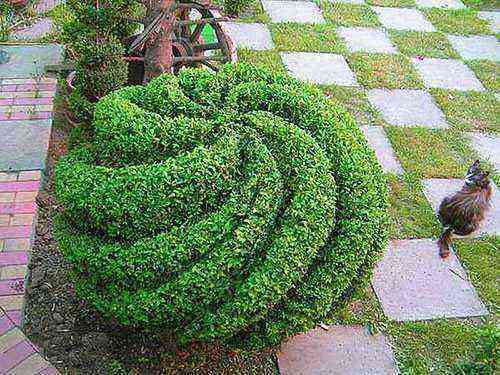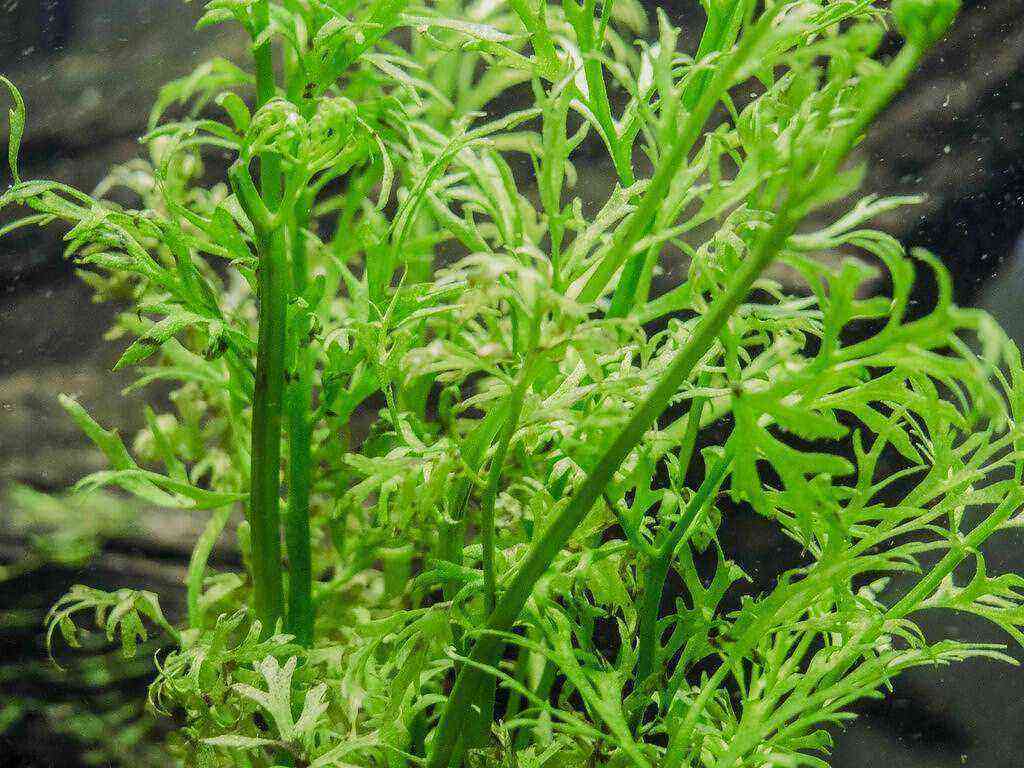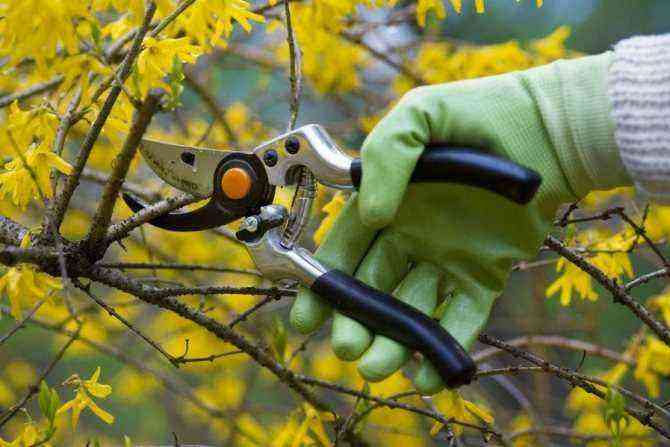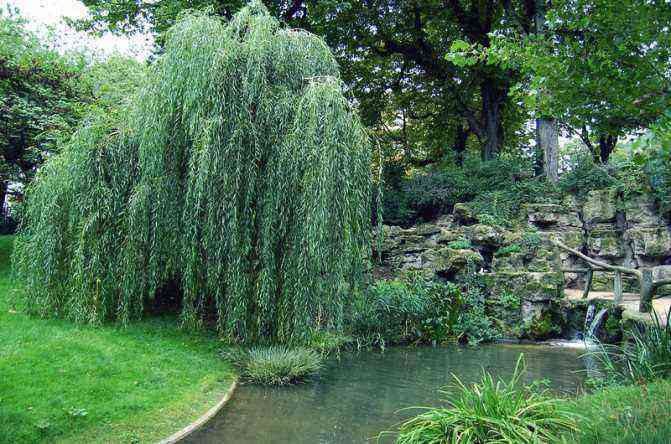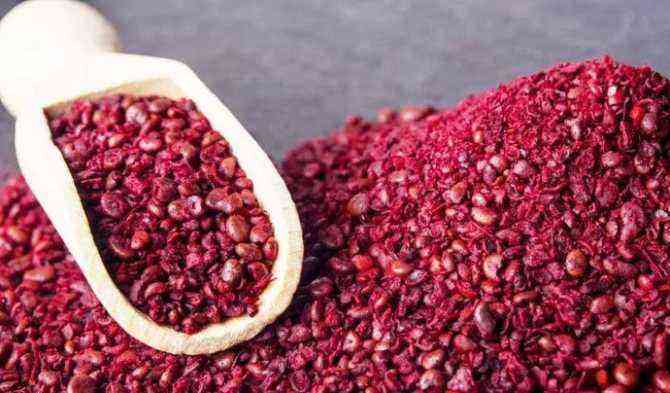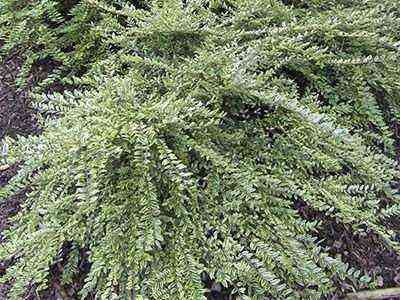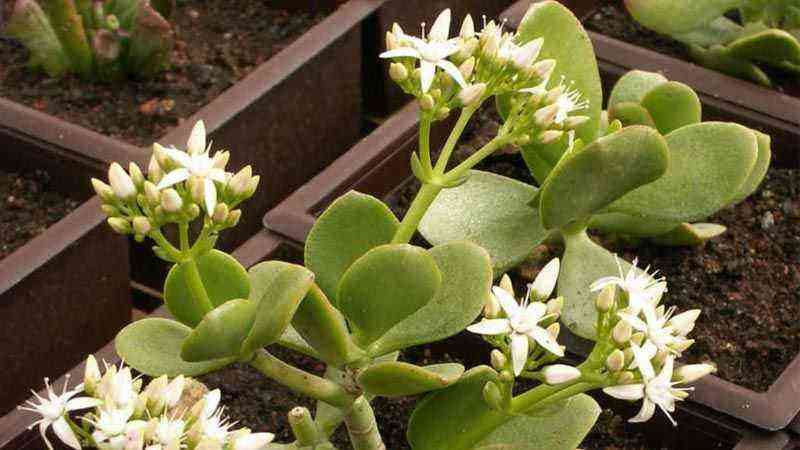Today we bring you a tree, which, as has been well said in the title, will not leave you indifferent. Its color and shape make it widely used in the panorama of the urban landscaping. Tell you that it is also known as the love tree, so words are unnecessary. Let’s try to study it.
Cercis siliquastrum, a tree that will not leave you indifferent
El tree of love or cercis siliquastrum It is a species of deciduous leaf of the family of Fabaceae (Trees and shrubs recognizable by their legume-like fruit, which has 730 genera and 19.400 species).
It usually has a size of 4 to 6 meters and on rare occasions we see it exceed these measurements (up to 10 and 15 meters). The pink flowers it produces in spring are characteristic and make it easily recognizable. It is typical of the mediterranean area, but its cultivation is also widespread in Africa and North America.
It has several curious names, such as the tree of love, the mad carob (not to be confused with the cultivation of the common carob, that is not mad;)), redbud or Judas tree. This last name we explain why. There is an ancient myth that Judas hanged himself on this tree, after betraying Christ. But it is understood that it could have been a transcription error because the name in French is “Arbre de Judée”, because it has been cultivated in the Judea region.
The weather of cercis siliquastrum
The climate to which the tree of love is perfectly adapted is the Typically Mediterranean, so it supports hot summers and mild winters. It is also capable of withstanding low temperatures, but Beware of intense frosts.
Irrigation needs
Special care must be taken when watering the cercis siliquastrum, we can already have problems both in defect and in excess. We will avoid abundant waterings that can flood the roots, as well as we will avoid long hot periods without watering.
Soil and fertilizer doses
We must have, especially to maintain the previous irrigation conditions, a soil with good drainage capacity (15-20 mm / h). Tolerates both acidic and alkaline soils. When it begins to flower and to preserve this state for the maximum time, we will pay continuously until autumn, when the leaves fall.
Problems when multiplying it
El Cercis siliquastrum can be multiplied by seeds but it has a problem. It turns out that the seed has internal dormancy and must undergo pre-planting treatments to stimulate germination. These treatments are based on hot water or sulfuric acid applications.
As we assume that not everyone has sulfuric acid in their home, and that is one method of scarification for businesses, you can do the following. Leave the seeds in hot water for 12-24 hours, to later stratify at a temperature of 2-4ºC for 3 months.
Pruning
The adult love tree does not usually need pruning except to remove dead or damaged branches. Be careful because the wind affects it a lot, and we must often guide the growth so that they do not twist (tutored). Pruning, when they are, should be minimal, because we run the risk of damaging branches that produce the flowering of the following season.
Once the tree is of advanced age, it is possible to consider making a rejuvenation pruning. We will notice it because the flowering will lose volume and quality.

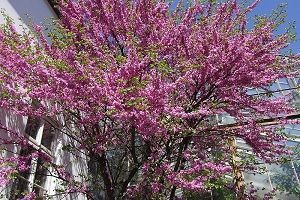
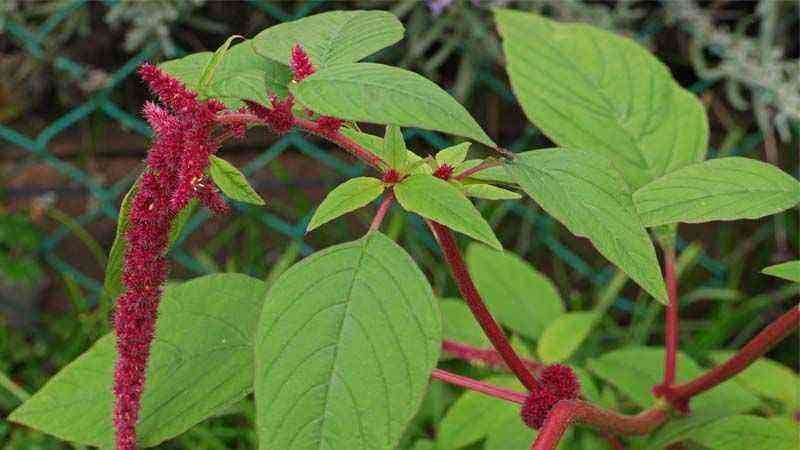


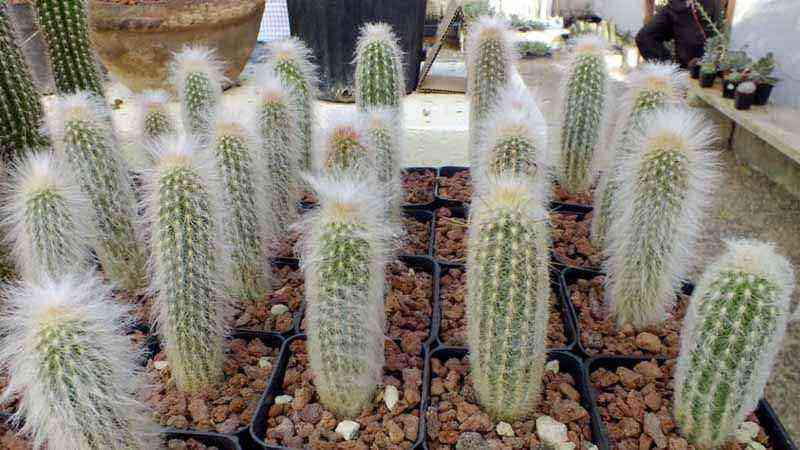
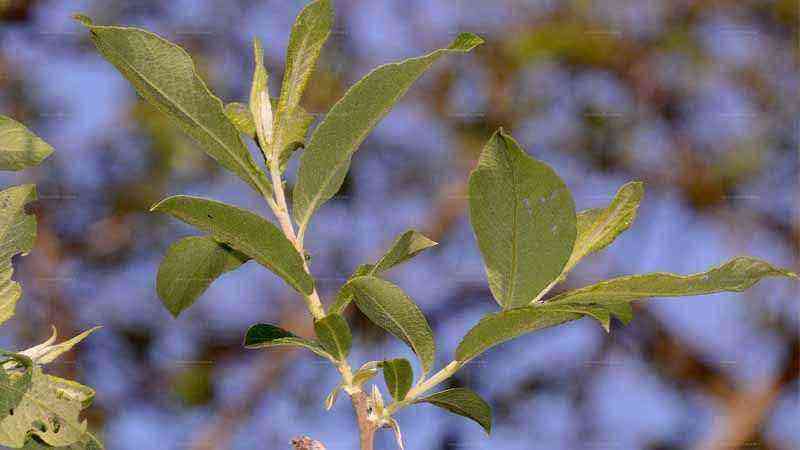
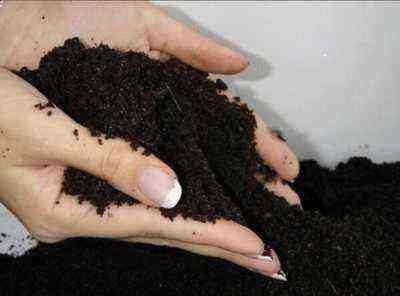
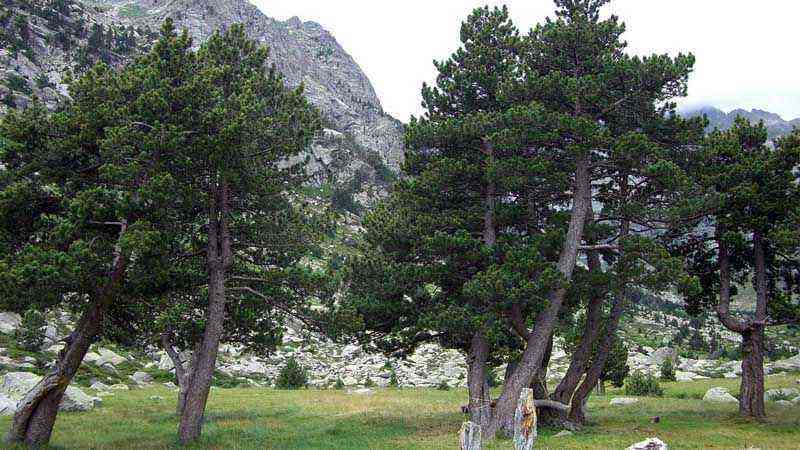
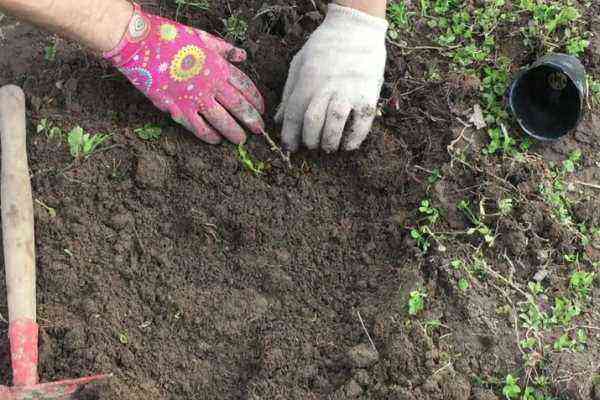
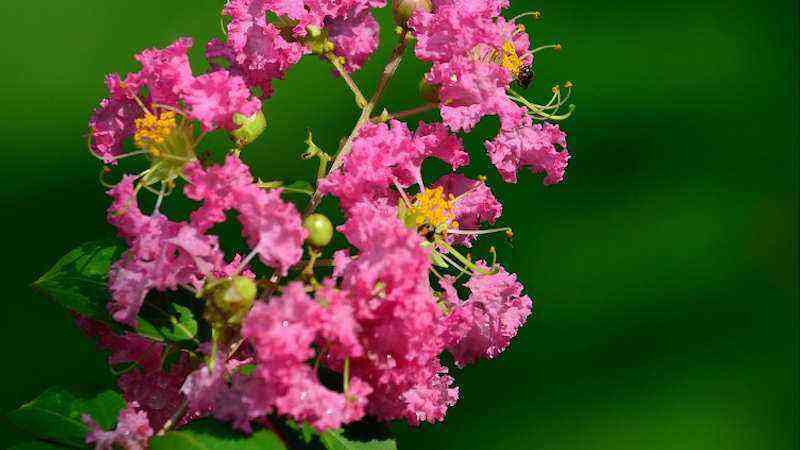
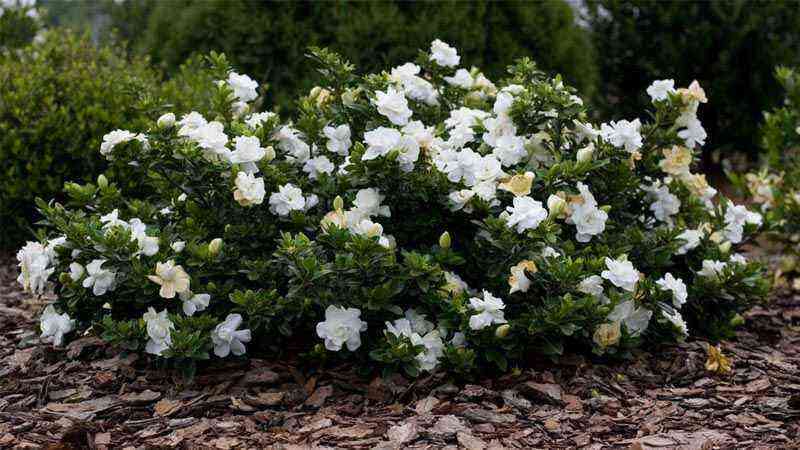

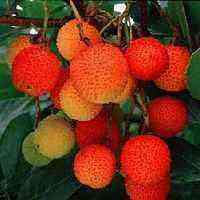
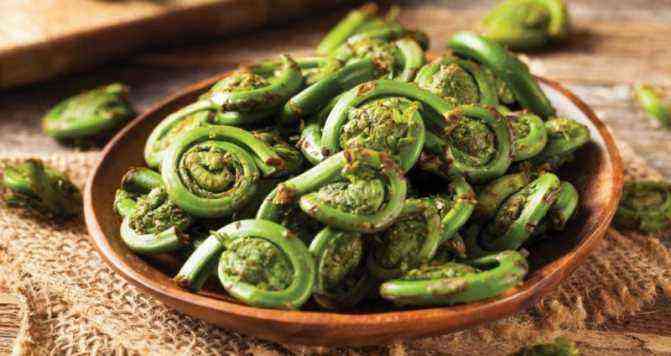
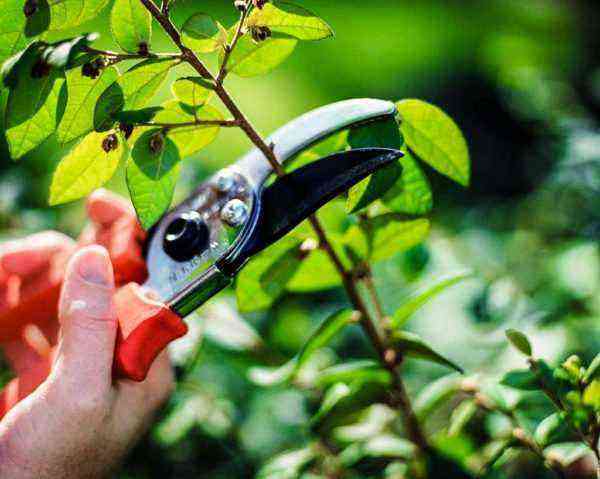

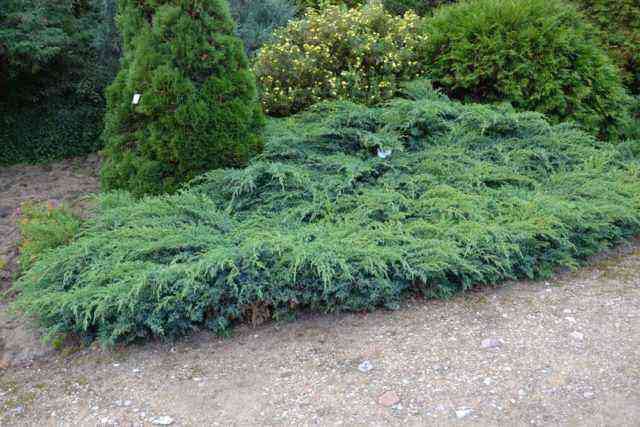
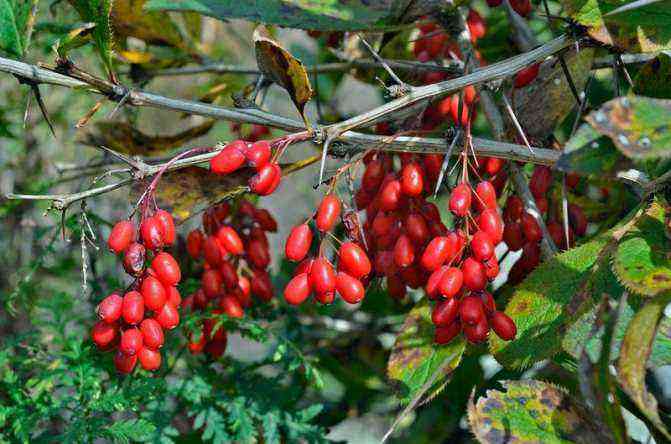






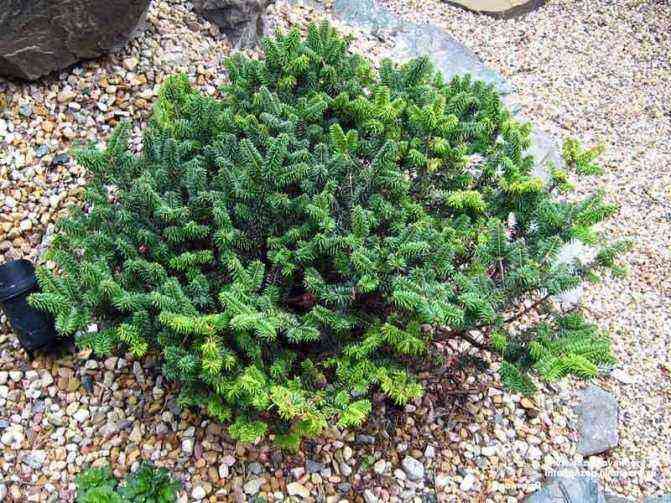

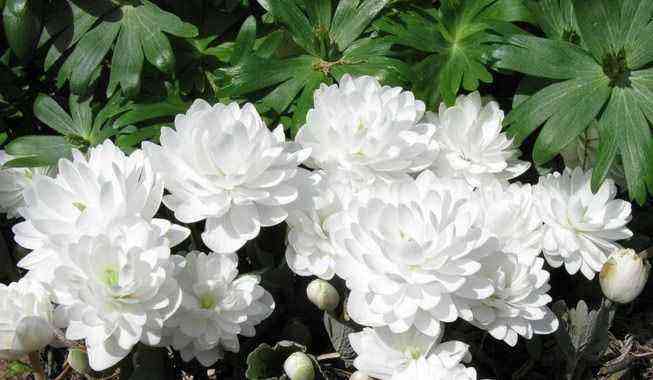
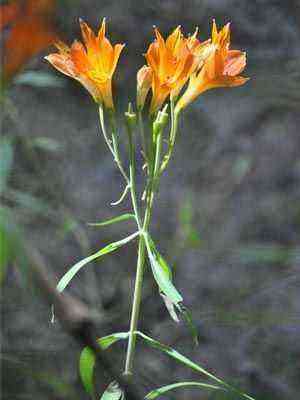
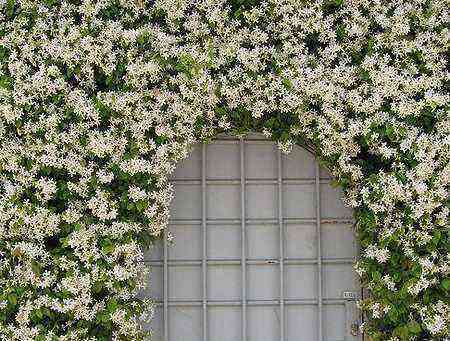

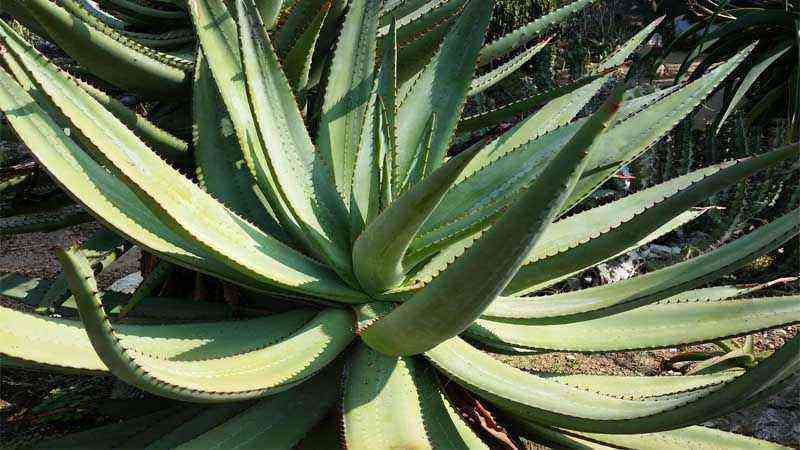
![Cultivo de Magnolia stellata [magnolia estrellada] Cultivo de Magnolia stellata [magnolia estrellada]](https://farmer-online.com/wp-content/uploads/2021/05/Cultivo-de-Magnolia-stellata-magnolia-estrellada.jpg)
